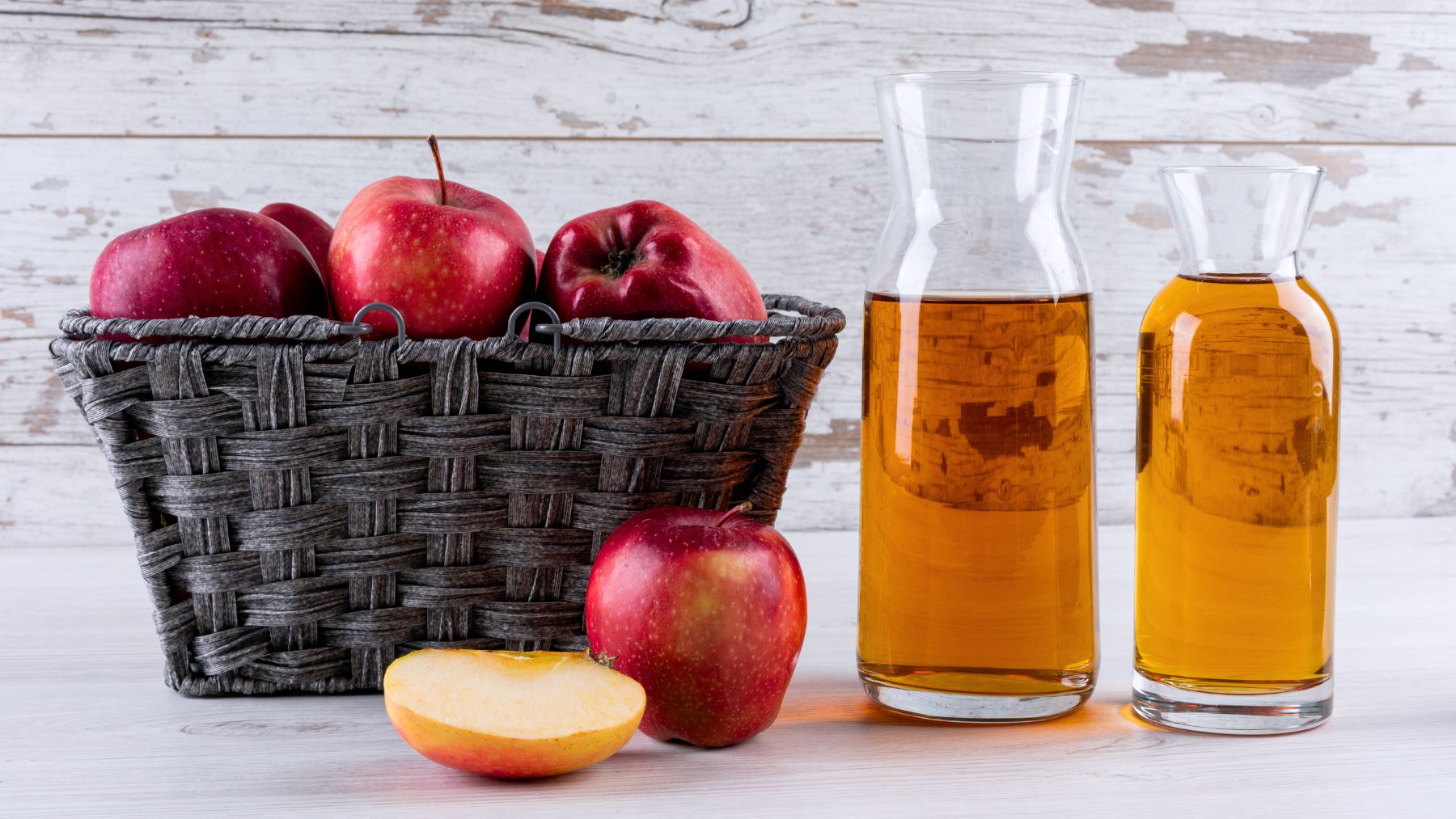A few years ago, apple cider vinegar was just another bottle shoved to the back of the pantry, used for pickling or the occasional recipe. Today, it sits front and center on grocery shelves, marketed as everything from a digestive aid to a skincare solution.
Its rise tells a bigger story about how Americans embrace wellness trends. The use of apple cider vinegar has been fueled by personal testimonials, influencer marketing, and a growing interest in natural remedies. Here, we’ll trace how it made that leap, why it stuck, and what it says about health culture in the United States.
Apple cider vinegar: from pantry staple to wellness favorite
This product didn’t suddenly appear in health circles. Its early momentum came from people exploring natural remedies outside mainstream medicine. Folk uses for digestion, blood sugar, and general health quietly circulated for years before gaining traction in modern wellness communities.
What changed was visibility. Health blogs started including it in natural remedy lists, while small online forums traded tips on using it for everything from bloating to energy. These conversations were anecdotal, not medical, but they resonated with people who wanted alternatives to pills and processed supplements.
The timing was perfect. As skepticism toward pharmaceuticals grew and interest in natural, time-tested products increased, apple cider vinegar checked every box. It was affordable, familiar, and linked to generations of traditional use. The leap from “my grandmother’s vinegar trick” to “my daily wellness ritual” didn’t take long.
Social media amplified the trend. Instagram featured it alongside green smoothies and yoga mats, YouTube filled with “challenge” videos, and TikTok exploded with quick clips of morning vinegar shots. The liquid itself looked photogenic enough to become wellness content. This aesthetic made it shareable, and the ritual of drinking it made it feel like a lifestyle marker.
How apple cider vinegar turned into a cultural phenomenon
Once influencers and wellness writers embraced apple cider vinegar, grocery stores followed. Supermarkets that once stocked a single brand expanded to entire sections. Consumers now find organic, raw, unfiltered, and artisanal versions, often at premium prices. The once-overlooked “mother”, a cloudy sediment in unfiltered vinegar, became a selling point, even when few understood exactly what it meant.
Retailers leaned into the trend, with packaging and marketing aimed less at cooks and more at health-conscious shoppers. Bottles advertised energy support, detox potential, and digestion benefits. Specialty stores offered boutique versions, while mainstream brands pushed larger bottles designed for daily consumption.
As its popularity grew, so did the list of claimed benefits. People drank it for weight loss, clearer skin, shinier hair, and higher energy. Others used it as a natural cleaner or hair rinse. Even if one claim fell short, another use justified keeping it in the house. Communities formed around recipes and routines, building social momentum that helped it outlast countless other wellness fads.
Today, apple cider vinegar has crossed from trend to permanence. It’s a symbol of America’s attraction to simple, natural solutions wrapped in modern wellness culture. Whether every claim holds up under scientific scrutiny or not, the product’s staying power shows how personal stories, social media, and smart marketing can transform an everyday item into a national obsession.

